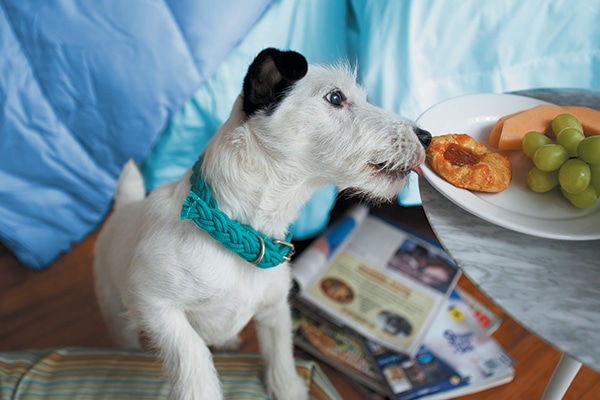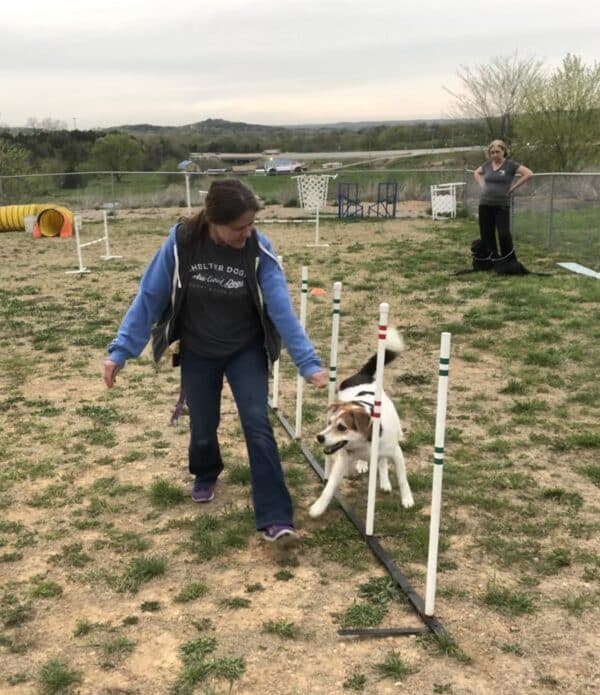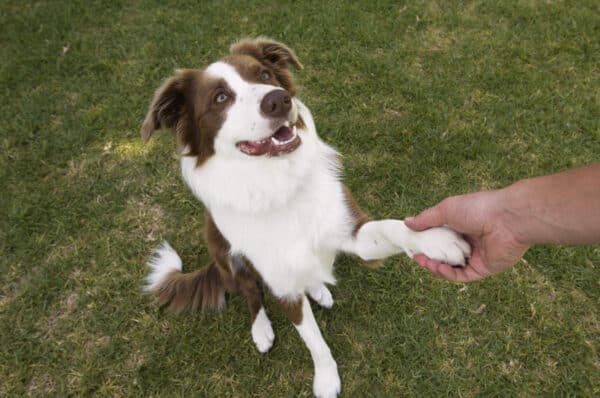There are some cues we must teach our dogs that could potentially save their lives. Two of the most important are a solid recall and the “Leave it” command.
A great “Leave it” is crucial because there are all sorts of things you and your dog may come across out in the world that could be harmful to your dog. Other things, like animal feces, are just gross.
Teaching the “Leave it” cue
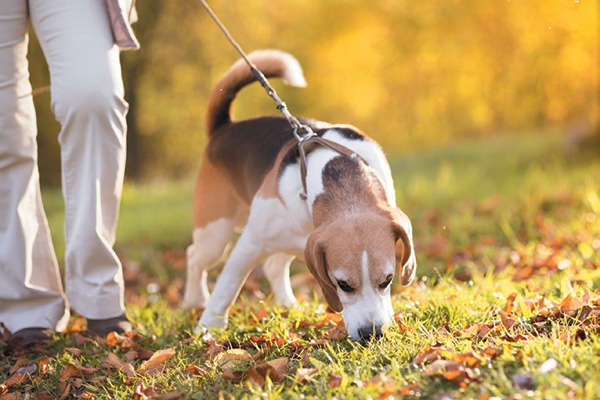
Let’s take a look at how to teach — and how not to teach — a good “Leave it.”
Let’s start with what NOT to do when teaching your dog to leave it:
- Setting your dog up to fail. Dogs do not arrive in our homes with an innate understanding of what “Leave it” means. They do, however, arrive with a powerful nose that leads them to what they consider to be intoxicating smells. It’s important to set this cue up in a way that’s fair and, most importantly, makes sense to the dog.
- Not repeating the lesson. Once “Leave it” is properly taught, too many dog parents don’t repeat the lesson nearly often enough, then get angry or frustrated with their dog for not getting it. Dogs have the mental abilities of a human toddler, so please put on your patience hat and repeat, repeat and repeat the lesson.
- Moving outdoors too quickly. Your dog knows the smells in his house well. A quiet indoor setting is a controlled space, but when moving outside, all bets can be off. There are so many new things to smell outside! Perfect “Leave it” inside first and then work outside.
So what is a fair and effective way to teach “Leave it?” Here’s how I do it:
- Get a boring, dry dog treat or your dog’s everyday kibble. It’s hard for most dogs to get excited about something they eat every day. Hold the treat or kibble in one hand in front of your dog. As your dog’s nose brings him in for a better smell — or his mouth in for a gulp — close your hand around the food. You can say “Whoops!” but no punishment, please. You are the dog’s teacher, not a meanie, after all. It’s unwise and unproductive to punish a learner. Your dog won’t be able to get the treat with your hand covering it. Wait until he picks his head up and looks at you for help. Then go to Step 2.
- Have a delicious and novel training treat in your other hand that’s been behind your back while your dog tries to get the boring treat. I use high value reinforcers — meat or cheese. After your dog has lifted his nose off the boring treat and looks up to you, mark that eye contact with a “Yes!” and quickly bring your hidden hand out and hand your dog a yummy treat. Repeat Steps 1 and 2 many times a day throughout the day inside of your home at first. Once your dog is leaving the boring treat 90 percent of the time, that’s when you put the cue “Leave it” on this skill. Progress to the point where you can hold the boring treat on your hand without having to cover it, and your dog is able to leave it.
- Take the show on the road, so to speak. Once you have a good “Leave it” inside your home, move to the backyard or some quiet, well-known outdoor space (it could be your balcony if you have one). Start the sequence over with Step 1 in any new environment. Perfect it in this well-known outdoor area before you do it in public spaces where there are a lot more distractions.
Troubleshooting the “leave it” command
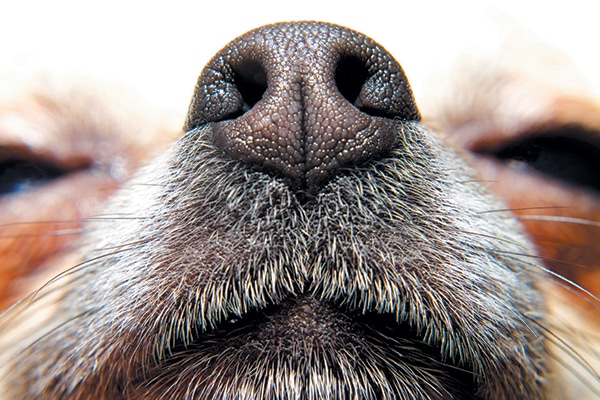
If your dog gets distracted about what you have behind your back and altogether ignores the boring treat, try standing up and having the extra good treat lying on the counter. You can put the boring treat under your foot and move your foot over the top of the treat in a way that your dog can’t get it. Again when your dog looks up at your eyes, mark it with “Yes!” and quickly hand your dog the better treat from the counter.
If your dog can give you a great “Leave it” in the house but not outside, you need to get a better and more novel reinforcer. Also examine whether you might have moved to an outdoor space too quickly.
If it seems that sometimes your dog gets it and does leave something you ask him to leave but other times eats the item, go back to square one in the sequence and increase how many times a day you are practicing. This is where setting your dog up for success instead of failure comes into play.
Dogs can most definitely learn what “Leave it” means with proper training. It’s up to us to be the great coach and teacher and help them understand that it’s for their benefit to “Leave it” when you ask, as there is a big upside for them in doing so.
Thumbnail: Photography ©BiMKA | Thinkstock.
Annie Phenix, CPDT-KA is a professional dog trainer based in Utah. She is a force-free trainer specializing in working with troubled dogs. She is the author of The Midnight Dog Walkers: Positive Training and Practical Advice for Living with Reactive and Aggressive Dogs. For more information, visit phenixdogs.com.
Editor’s note: This article appeared in Dogster magazine. Have you seen the new Dogster print magazine in stores? Or in the waiting room of your vet’s office? Subscribe now to get Dogster magazine delivered straight to you!
Another life-saving command is teaching your dog to come when called. Learn how right here >>
Read more about dog training on Dogster.com:

